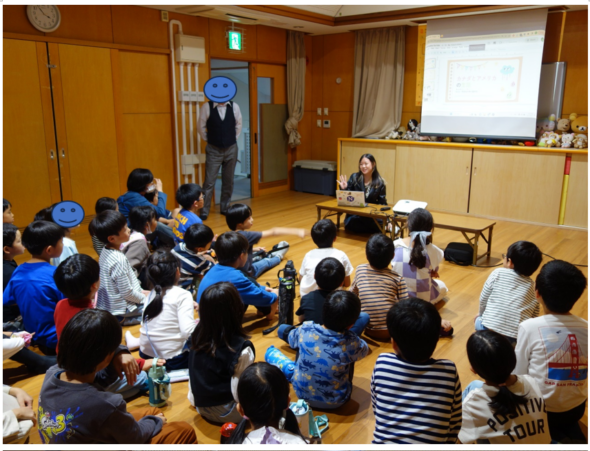This semester, I joined a community Kyuudo group(Aiyumikai) which practices twice a week at Shiramine Jingu, close to Doshisha Imadegawa campus. I have been interested in doing Kyuudo because I have watched an anime about it and always wanted to try it out. Kyuudo is slightly different from archery and is relatively specific to Japan, so it will be hard to find any place to do it outside of Japan. I first searched online for a Kyuudo class, but the registration closed at the time I decided I wanted to do Kyuudo. Recommended by the teachers, I reached out to this place which I now find extraordinarily fantastic.
It was a bit hard at first. Because this place is not a professional classroom, people tend to join for a long span, less about learning for beginners but more of a practice and getting better. So one of the members I talked to said it would be difficult to let me in at first when I said I only got three months here. She said I was free to hang around and watch, and I did so. Later, more people came to practice, and she introduced me to Sensei, who decides who gets to join. I expressed that I wanted to do Kyuudo, even though I only got three months and might not be able to shoot at the real target. Sensei accepted me at last and told me to come as much as possible so that I could practice more and might be able to take a try at the actual ones.
The subsequent practices went smoothly. I went to every practice I could and progressed a lot. I did not wait until the last practice to go to the actual target. Although I have not hit a target yet, I am happy with how close I could get. I also made a friend there, who goes to another university in Kyoto, and we hung out several times for dinner and boba. I got to learn more about Kyuudo and the group itself. I have not mentioned the anime I watched about Kyuudo, but people brought it up, and we had a happy conversation. There were some small happenings every other week, but people were friendly and helpful.
If I were to give advice, I would say to reach out early. Japanese semester starts in October, so everything basically begins around that time. And some stop accepting new members after the recruitment. So reaching out earlier before everything starts might be a good choice. I am not sure about the spring semester, but I think KCJS Sensei will be happy to tell you.
Besides that, don’t hesitate to speak if you are to practice your Japanese. People you meet in CIP might differ from Kaiwa partners, who usually be friends with you to practice English, and you may communicate in a mixture of English and Japanese. Usually, they only speak Japanese and expect you to speak Japanese. So it is a good chance to force yourself to practice. Don’t be afraid. People are friendly and happy to talk, usually. If they don’t, it is not your fault. Try somebody else.
After all, good luck with your CIP and I hope you have a good time in Japan 🙂







